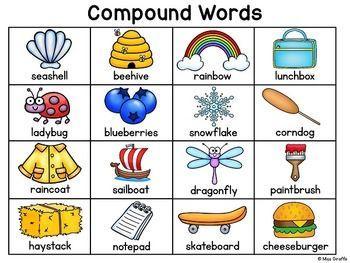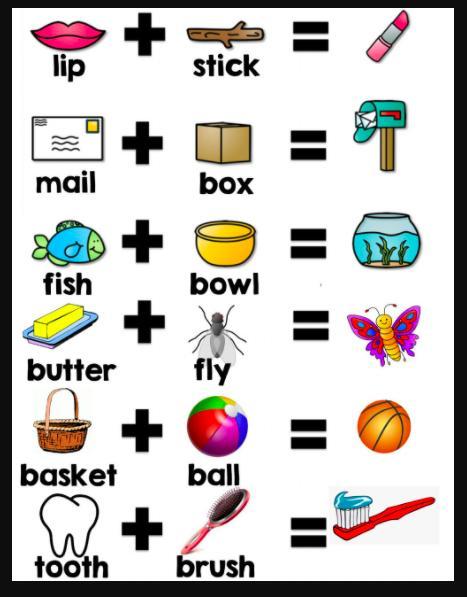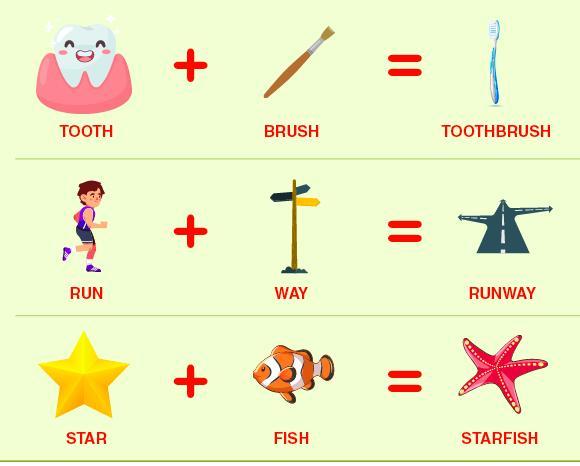Explanation:
KayThe history of Anthropoidea is the history of primatology in amicrocosm. Anthropoidea, Order Primates, Semiorder Haplorhini,Suborder, Anthropoidea is a particularly useful lens through whichto focus on the history of primatology because from its roots in pre-evolutionary classifications, through its polyphyletic status underSimpsonian systematics, to its current conception as a monophyletic group,Anthropoidea has persisted as a “natural” group with relatively stable content.This essay examines how this common content has been imbued with differentmeanings by changing conceptions of classification and explanation in biology.In addition, just as studies of anthropoid phylogeny provide insight into extantanthropoids themselves, this essay aims to provide insight into the roots of cur-rent ideas about anthropoid origins. Thus, this brief survey provides historicalbackground, placing the work of our colleagues in historical perspective, andexamines the foundations of what we believe about anthropoid evolution today.ESSENTIALISMAnthropoidea was recognized as a natural group at the birth of modernclassification. Linnaeus (Caroli a Linné) (1707–1778) classified Simia (monkeys3Callum F. Ross ● Anatomical Sciences, Stony Brook University, Stony Brook NY 11794-8081Richard F. Kay ● Biological Anthropology and Anatomy, Duke University, Durham NC 27710Anthro-01.qxd 12/12/03 8:51 PM Page 3
and apes) as one of four divisions of his first mammalian order Primates(animals with four parallel upper incisors and two pectoral mammae), the othersbeing Homo (humans and orangutans), Lemur (lemurs, lorises, and flyinglemurs), and Vespertilio (bats). Simia were primates with four incisors in eachjaw, approximating one another in the midline; long foliate (or spear-shaped)canines separated from the incisors by a diastema; and blunt molars (Linnaeus,1766, p. 54). They consisted of 35 species (e.g., pithecia, rosalia, oedipus,jacchus, midas, apella, capucina from South America), each of which wasaccompanied by a description of the characters distinguishing it from otherspecies and by notes on its location.As an essentialist, Linnaeus believed that what was natural about this classi-fication were the unchanging, ideal essences of the genera (see Greene, 1959).The essences and categories existed the way they did because that was how Godhad created them. Consequently, no materialistic explanations were required,either for the existence of the essences, or for the categories they defined.In capturing and defining God’s order, the very act of classifying constitutedexplanation enough.RATIONALISME. Geoffroy Saint-Hilaire’s and George Cuvier’s classifications of animals,including Primates, attempted to ground classification on a rational founda-tion. Like Linnaeus, they believed that God had created animals, so a materi-alistic explanation for the existence of the categories was not necessary.However, they assumed that God used rational principles in creating animalsand that the way to uncover God’s plan was to apply rational principles to clas-sification (Appel, 1987).Geoffroy and Cuvier’s (1795) collaborative classification of mammals wasbased on the rational principle of “subordination of characters,” under which thesubordination of categories in the classification was determined by the subordi-nation of functions in organisms. The primary taxonomic divisions were based onthose functions deemed to be most important in an animal’s life, while second-ary divisions were based on subordinate functions. Applying this principle, theirfirst division of the Class Mammalia was based on the anatomy of the organs ofgeneration and circulation, the second division on the anatomy of the tegumentof the digits, the organs of tactile sense, and the third on the teeth, the organs ofnutrition (Geoffroy and Cuvier, 1795). Accordingly, Quadrumanes, or Primates,Callum F. Ross and Richard F. Kay4Anthro-01.qxd 12/12/03 8:51 PM Page 4
were defined as mammals because they gave birth to live young and nourishedthem with breasts, as members of the third embranchement because they hadnails or claws (rather than flippers like marine mammals, or hooves like ungu-lates); and members of an unnamed group possessing three kinds of teeth.Quadrumanes were differentiated from all other mammals by possession of anopposable pollex and hallux. Within Quadrumanes, the genus Singes (anthro-poids) was defined as those animals with four incisors in each jaw which were notprocumbent and elongated as in lemurs and lorises (Geoffroy and Cuvier, 1795)..





